The age our universe is about 3.8 billion years which was formed after big bang. But we discovered a star named HD 140283 found to be older than the universe.
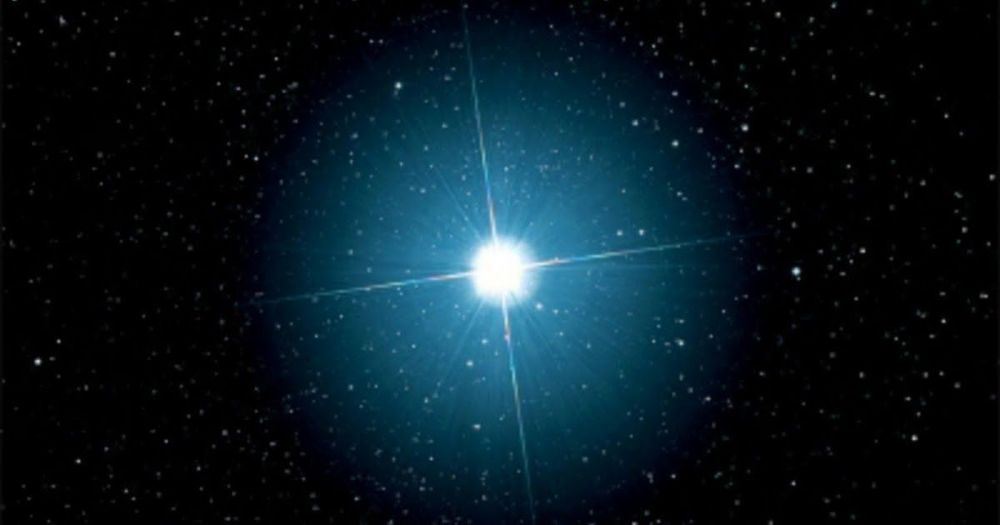

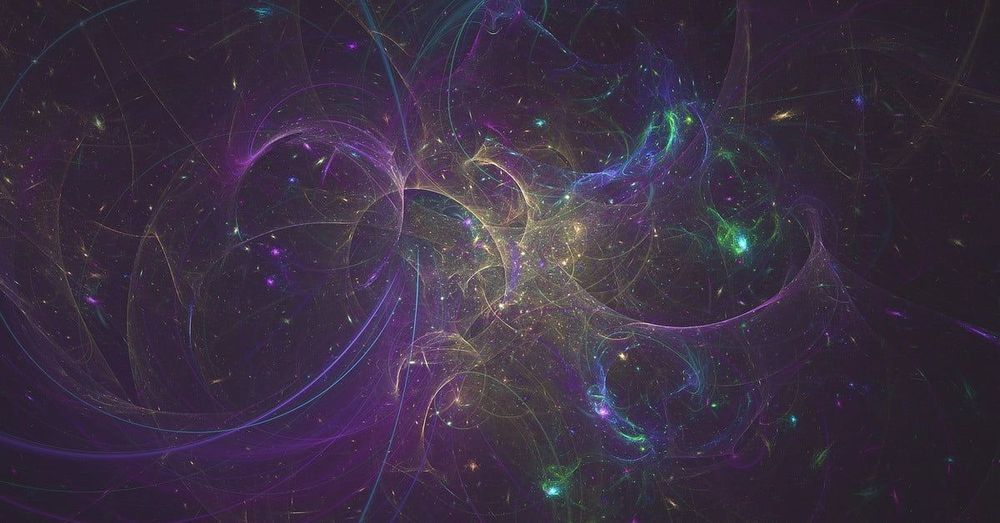
The concept of antimatter has delighted sci-fi fans for years, but it also poses a real question for physicists. Mathematically speaking, it makes sense that for every type of particle in our universe there exists a corresponding antiparticle which is the same but with the opposite charge — so to correspond with the electron, for example, there should be an antielectron, also known as a positron. When antimatter and matter come into contact, they both destroy each other in a flash of energy.
When the Big Bang happened, it should have created equal amounts of both matter and antimatter. And yet matter is everywhere and there is hardly any antimatter in our universe today. Why is that?
A new experiment from CERN, the European Organization for Nuclear Research, has been tackling the question by looking at how matter and antimatter could react differently to Earth’s gravitational field. Physicists think that antimatter could fall at a different rate than matter, which would help to explain why it is less prevalent. But in order to test this, they need to create antimatter particles such as positronium atoms. These are pairs of one electron and one positron, but they only live for a fraction of a second — 142 nanoseconds to be exact — so there isn’t enough time to perform experiments on them.
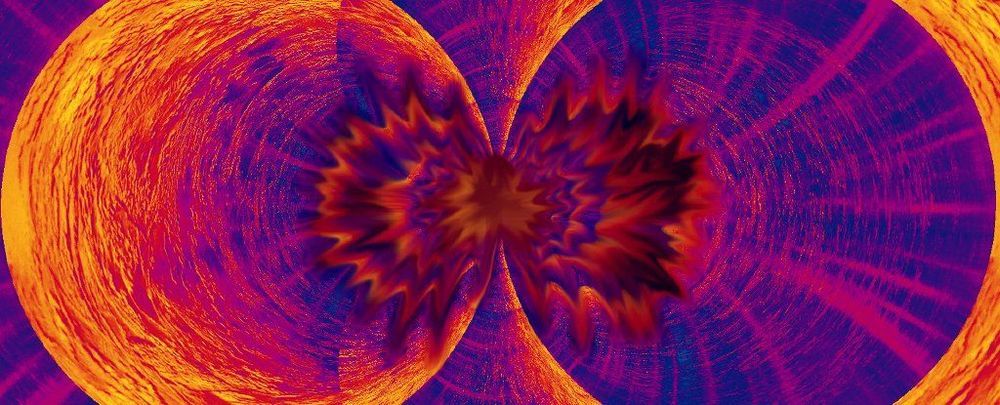
A new method for analysing the entanglement of scrambled particles could tell us how the Universe still keeps track of information contained by particles that disappear into black holes. It won’t get our quantum information back, but it might at least tell us what happened to it.
Physicists Beni Yoshida from the Perimeter Institute in Canada and Norman Yao from the University of California, Berkeley, have proposed a way to distinguish scrambled quantum information from the noise of meaningless chaos.
While the concept promises a bunch of potential applications in the emerging field of quantum technology, it’s in understanding what’s going on inside the Universe’s most paradoxical places that it might have its biggest pay-off.
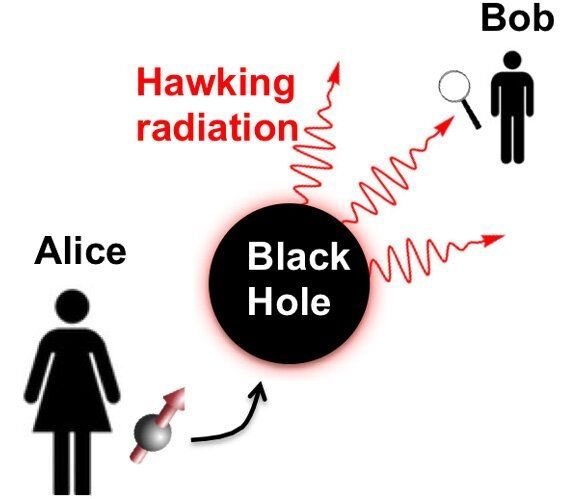
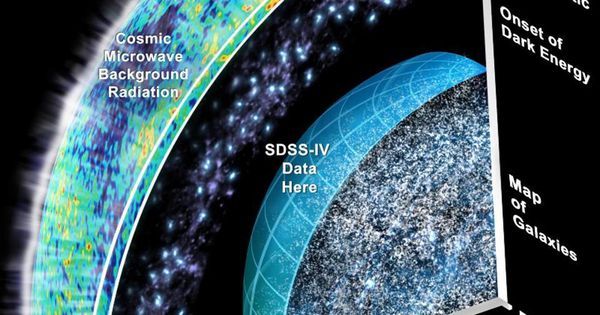
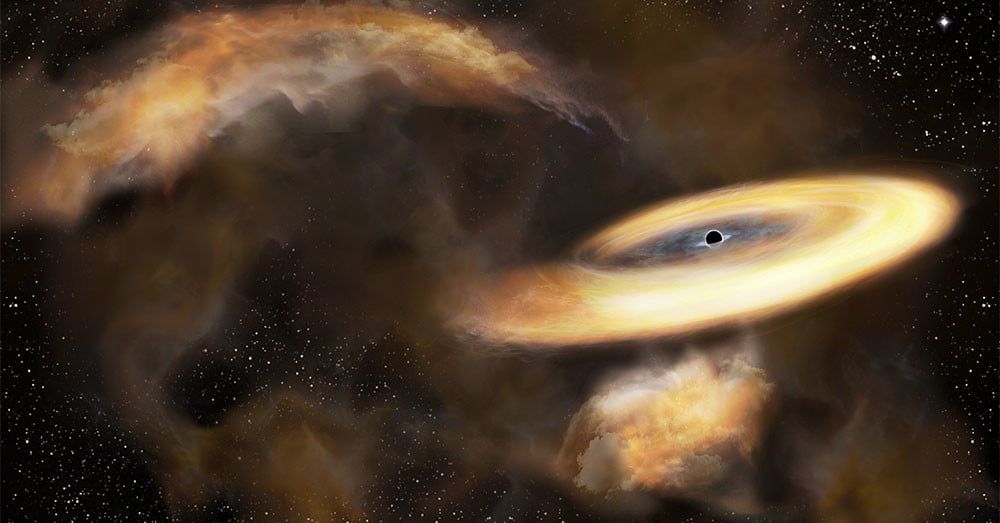
How do you find something you can’t see? Japanese astronomers have hunted a hidden black hole by observing the movement of a cloud of gas it is consuming, located 25,000 light-years away from Earth. This is the first intermediate-sized black hole ever found, giving clues to how black holes merge and grow.
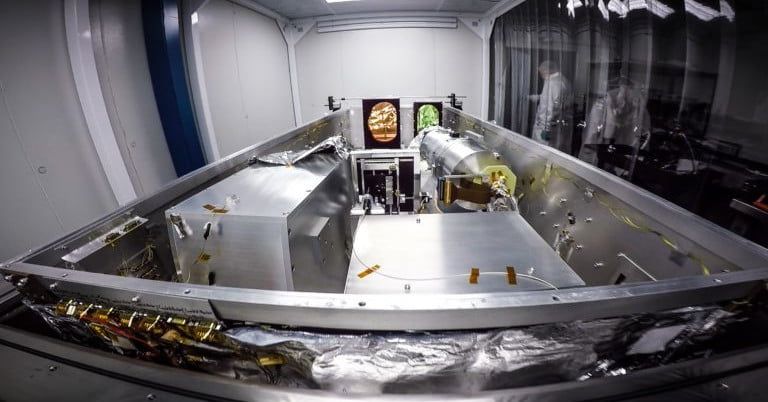
Astronomers have a new tool to help them find habitable planets in our galaxy: the Habitable Planet Finder (HPF), a high-precision spectrograph. The HPF can be used to detect worlds which have some key qualities, like being a rocky planet orbiting an red dwarf. A red dwarf, also known as an M-dwarf, is a type of star that is relatively cool, small, and dim, and is somewhat similar to our Sun (which is classified as a white or yellow dwarf.) Red dwarfs are common in the Milky Way, like the nearby Barnard’s star, making them good hunting grounds for exoplanets.
“About 70 percent of the stars in our galaxy are M-dwarfs like Barnard’s star, but the near-infrared light they emit has made it difficult for astronomers to see their planets with ordinary optical telescopes,” Paul Robertson, assistant professor of physics and astronomy at the University of California, Irvine, said in a statement. “With the HPF, it’s now open season for exoplanet hunting on a greatly expanded selection of stellar targets.”
The HPF measures subtle changes in the color of light given off by stars, which can indicate the influence of an orbiting planet. In particular, it searches for planets with a low mass located within the “habitable zone” of their stars where surface water can exist. The spectrograph has already demonstrated its usefulness by confirming the existence of a super-Earth which is orbiting Barnard’s star during its commissioning, and should be able to detect many more planets similar in size to Earth in the future.
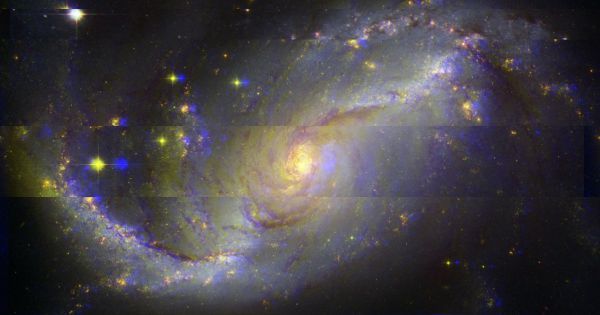
A bizarre theory could explain dark matter.
Mirror Image
The Big Bang didn’t just result in our familiar universe, according to a mind-bending new theory — it also generated a second “anti-universe” that extended backwards in time, like a mirror image of our own.
A new story in Physics World explores the new theory, which was proposed by a trio of Canadian physicists who say that it could explain the existence of dark matter.
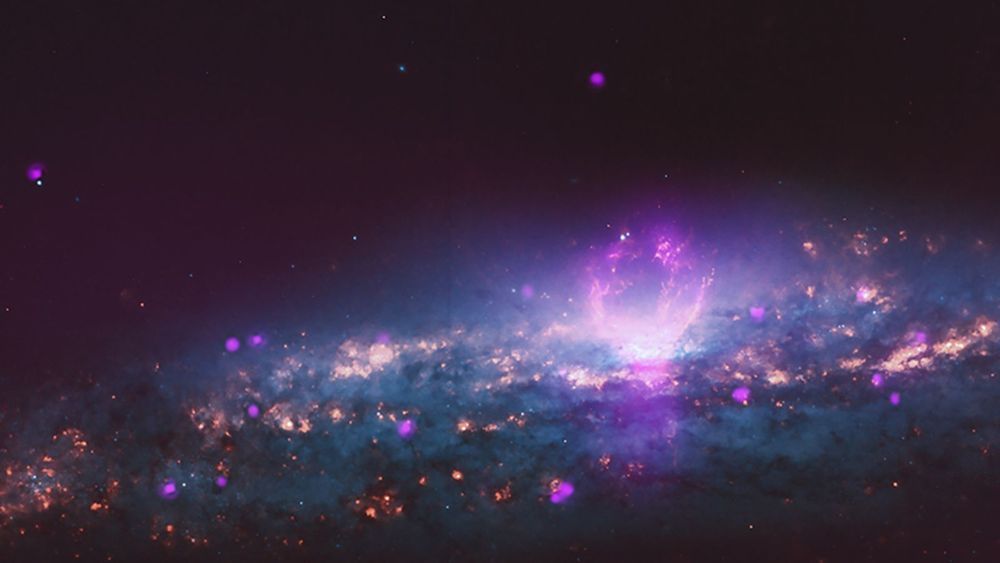
This incredible image shows a pair of “nuclear superbubbles,” one over 4,900 light-years across and the other over 3,500 light-years. They’re emanating from the center of the galaxy NGC 3079, likely the result of a central black hole consuming matter and spewing it back out.
Or, the superbubbles could be from a starburst, a faster-than-usual stellar birth. The bubble-like shape could come from shock waves and compression within the cooler gas. But there’s still an element of mystery here, as the smaller bubble seems to be emanating synchrotron emission, or high-energy x-rays from spiraling electrons, while the larger bubble isn’t.